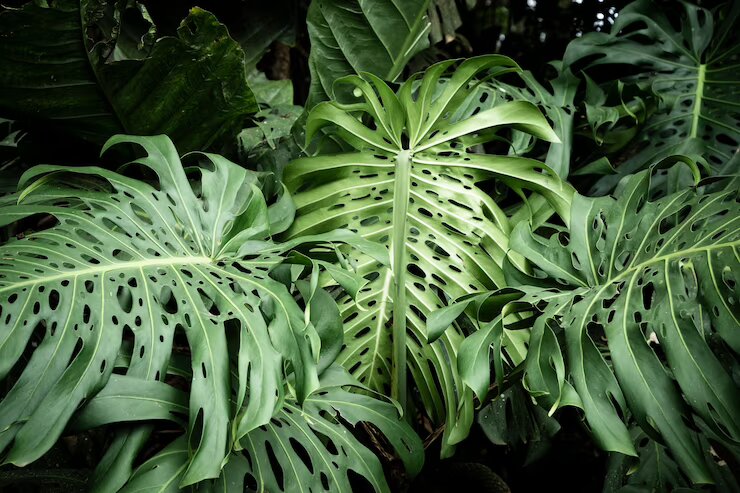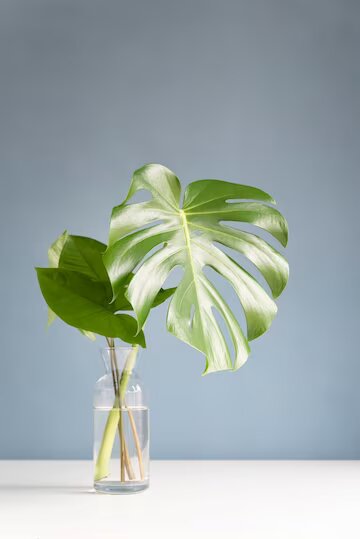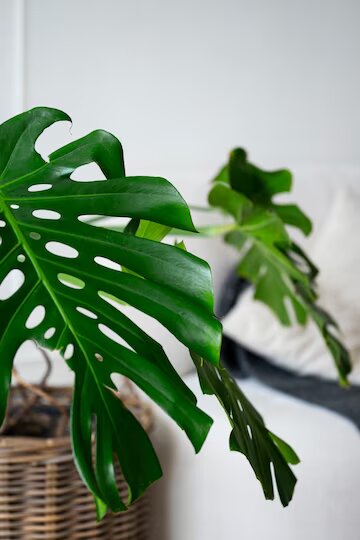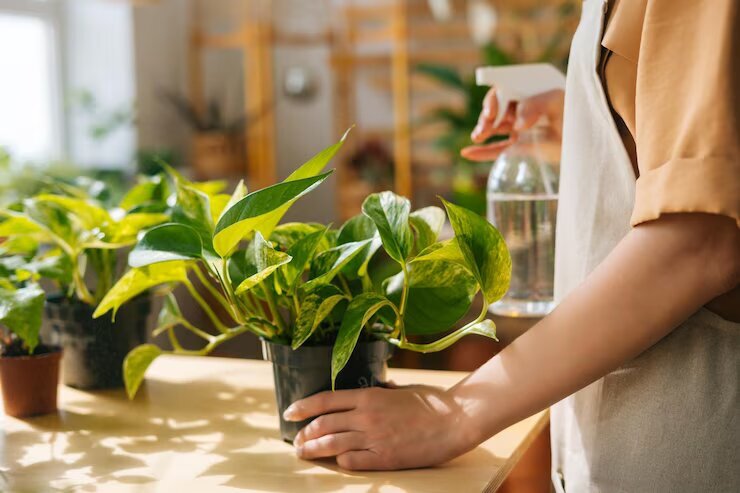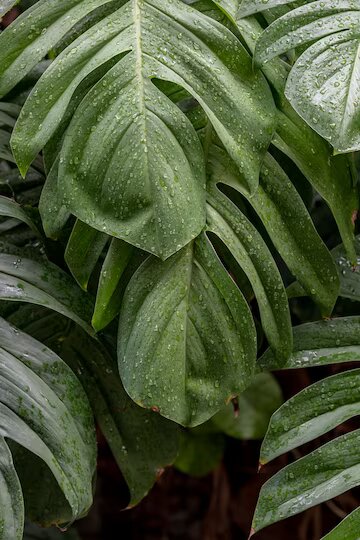Introduction
If you want to add a touch of lush greenery to your indoor space, the Philodendron Xanadu is an excellent choice. With its unique foliage and easy maintenance, this plant has gained popularity among novice and experienced plant enthusiasts. In this article, we’ll explore the beauty and characteristics of the Philodendron Xanadu, along with tips for successful care and propagation.
Table of Contents
- Understanding Philodendron Xanadu
- Distinctive Features
- Ideal Growing Conditions
- Watering and Feeding
- Pruning and Maintenance
- Propagating Philodendron Xanadu
- Pest and Disease Management
- Decorating with Philodendron Xanadu
Understanding Philodendron Xanadu
What is Philodendron Xanadu?
It is scientifically known as Thaumatophyllum Xanadu and is a popular ornamental plant belonging to the Araceae family. Its native habitat is the rainforests of Brazil. The “Xanadu” comes from the extravagant and vibrant nature of the plant, resembling the mythical city of Xanadu.
Origin of the Name
The name “Xanadu” refers to its lush and vigorous growth and a nod to the Philodendron’s majestic appearance. This name choice reflects the plant’s ability to create a tropical paradise right within your home.
Distinctive Features
Foliage Appearance
It boasts large, deeply lobed leaves that resemble the shape of a horse chestnut leaf. The foliage is glossy and can grow up to 18 inches long, adding a dramatic and eye-catching element to any space.
Growth Habit
Unlike its climbing relatives, it has a more compact growth habit. It forms a dense, upright clump, making it an ideal choice for tabletops and floor-standing arrangements.
Ideal Growing Conditions
Light Requirements
Place your Philodendron Xanadu in bright, indirect light to ensure vibrant growth. While it can tolerate some shade, exposing it to too much direct sunlight can scorch its leaves.
Temperature and Humidity Preferences
Maintain a moderate room temperature between 65-75°F (18-24°C) for optimal growth. Additionally, the plant thrives in environments with high humidity, so consider misting its leaves regularly.
Soil Choice
Use a well-draining potting mix with peat, perlite, and pine bark to ensure proper aeration and moisture retention. A combination formulated explicitly for tropical plants is ideal.
Watering and Feeding
Watering Frequency
Wait until the upper inch of the soil is dry before you water your Philodendron Xanadu. Overwatering can lead to root rot, so striking a balance is essential.
Importance of Humidity
Given its rainforest origin, this plant craves humidity. You can increase humidity by misting the leaves, placing a humidifier nearby, or using a humidity tray.
Fertilizing Schedule
During the growing seasons (spring and summer), you can feed plants with a balanced liquid fertilizer every 4-6 weeks. Reduce feeding frequency in the dormant season.
Pruning and Maintenance
Removing Dead Leaves
Regularly remove any yellowing or dead leaves to maintain the plant’s appearance and overall health.
Controlling Growth
If your Philodendron Xanadu starts to outgrow its space, consider lightly pruning the top to encourage bushier growth.
Propagating Philodendron Xanadu
Stem Cuttings
Propagating Philodendron Xanadu is relatively straightforward. Take stem cuttings with at least one leaf node, and place them in water until roots develop.
Division
As the plant matures, it forms clumps. You can carefully divide these clumps during repotting to create new plants.
Pest and Disease Management
Common Pests
Stay vigilant for signs of mealy bugs, spider mites, and aphids. Regularly inspect your plant’s leaves to catch any infestations early.
Preventive Measures
Maintaining good hygiene by cleaning leaves and regularly checking for pests will go a long way in preventing infestations. Isolate newly acquired plants before adding them to your plant collection.
Decorating with Philodendron Xanadu
Interior Design Ideas
Philodendron Xanadu’s unique foliage and growth pattern make it an ideal choice for modern, tropical-themed interiors. It imparts a hint of sophistication and flair to any environment.
Container Selection
Consider choosing decorative pots that complement the plant’s aesthetic. The pot’s size should allow a few inches of space around the root ball.
Conclusion
Incorporating a Philodendron Xanadu into your indoor plant collection can instantly elevate the aesthetics of your space. With its unique foliage, manageable care requirements, and ability to adapt to various light conditions, this plant is an excellent choice for beginners and experienced plant enthusiasts. Remember to provide the right amount of light, water, and humidity; you’ll be rewarded with a stunning and thriving addition to your home. Discover fascinating facts and interesting information at FactsFair explore a wide range of topics and start your journey of knowledge today!
FAQs
- Is Philodendron Xanadu toxic to pets?
Yes, the plant contains calcium oxalate crystals that can be harmful if ingested by pets. Keep it out of reach.
- Can it thrive in low-light conditions?
While preferring bright, indirect light, Philodendron Xanadu can tolerate lower light levels. However, its growth may slow down.
- How do I revive a wilting plant?
Check the soil moisture and adjust the watering accordingly. Trim any damaged leaves and provide proper light and humidity.
- When is the best time to repot?
Spring is the ideal time to repot your Philodendron Xanadu when it shows signs of becoming root-bound.
- What makes Philodendron Xanadu “Xanadu”?
The name “Xanadu” reflects the plant’s lush and extravagant appearance, reminiscent of the mythical city of the same name.

